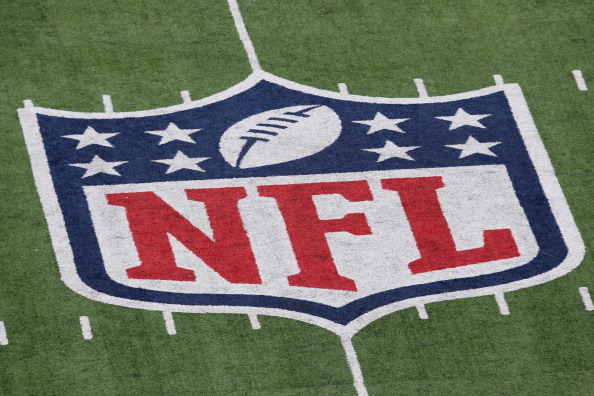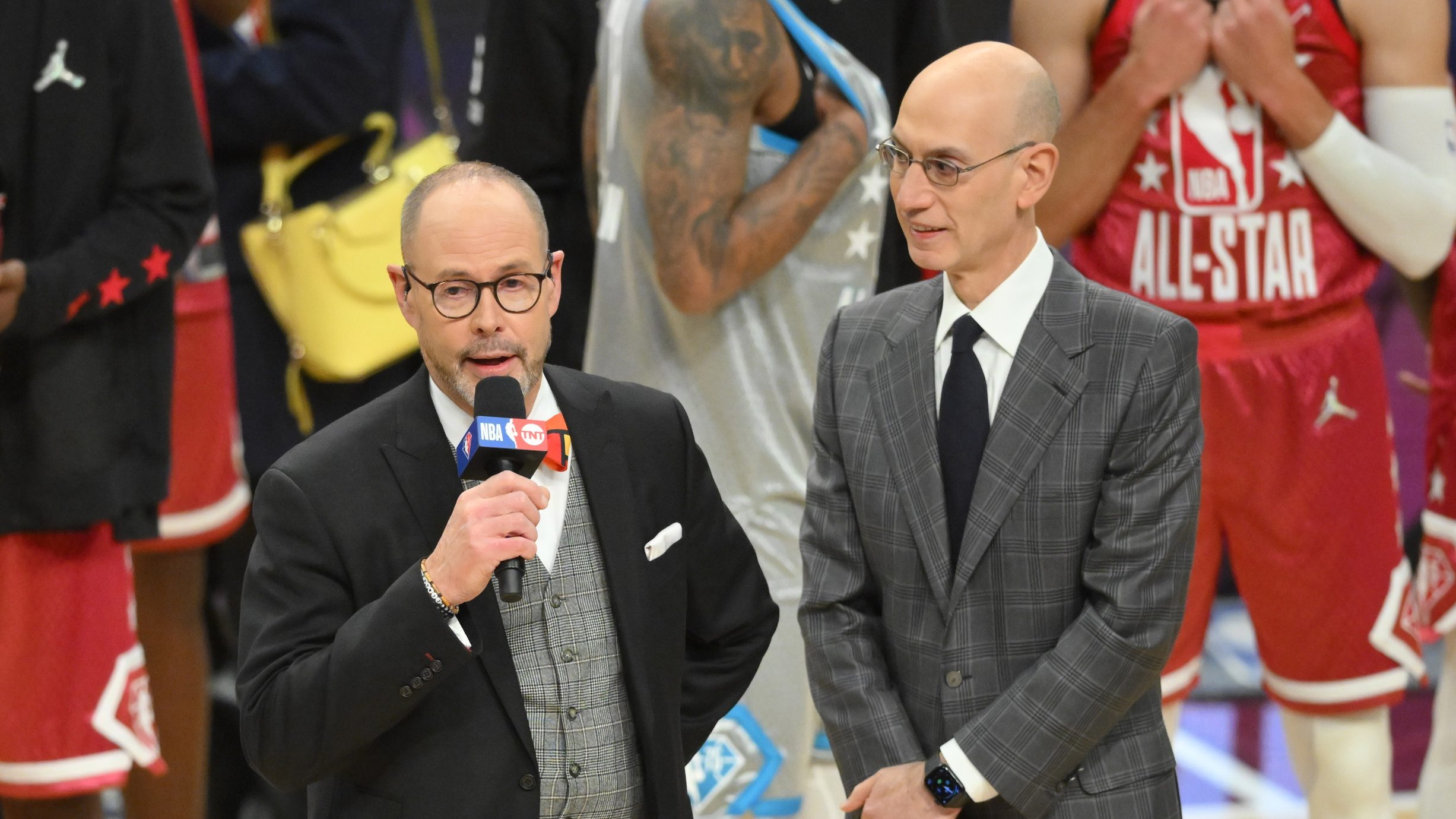We live in an on-demand world, and as more and more television programs fall victim to the “set to record” and binge phenomena—two viewing styles that leave advertisers scrambling to find new ways to reach an ever fast-forwarding audience—there is one television genre that remains DVR proof: sports.
Sports have long been a cash cow for television networks, and as fewer and fewer people make appointments with their televisions for their favorite sit-coms, dramas and reality television programming, live sports continue bring us together, making advertising dollars during live sports programming more valuable than ever.
The National Football League has always been at the top of that heap, with nearly 20 million people tuning in to watch each NFL regular season game, numbers that rise demonstrably during the Sunday afternoon window and into prime time.
http://gty.im/461741852
The NFL earns in the neighborhood of seven billion dollars from its television rights partners each year; money the networks aren’t paying without a positive return.
According to Anthony Crupi at Advertising Age, the NFL’s ad-buy rates are outpacing everything else on TV by a wide margin. From Adage.com:
According to media buyers who regularly steer clients to NFL broadcasts, the priciest slice of prime-time real estate is once again a 30-second spot in NBC’s “Sunday Night Football.” Marketers looking to hitch their wagon to NBC’s weekly juggernaut are paying on the order of $665,375 per unit, with late scatter buys from the likes of movie studios and telco brands pacing well over the $700,000 mark.
Crupi writes that the NBC figure is up from just over $625,000 last season, but still not the highest price for a single 30-second advertising spot during an NFL telecast. That honor goes to Fox.
Given the ratings delivered by the 4:20 p.m. national games, it should come as no surprise that Fox and CBS price those broadcasts accordingly. Sources say that Fox will once again command the highest ad rate on TV for a regularly-scheduled program, securing around $689,225 for 30 seconds of time in its “America’s Game of the Week,” with scatter buys rising well above that mark. CBS, for its part, is asking around $637,415 per unit.
The “cheapest” ad spot for NFL games, outside of the early Sunday regional windows for Fox and CBS, is actually Monday Night Football on ESPN which, per Crupi, pulls in about $428,000 per 30-second ad, outpaced by CBS’s Thursday Night Football by nearly $130,000. (Note: the AdAge story does not offer a cost for the late-season NFL Network-only TNF games).
http://gty.im/136152271
To determine just how much money the networks are actually making off advertising sales, we have to know how many ads they are cramming into our collective eyeballs during each NFL telecast.
According to a 2013 piece by Dana Jennings for The New York Times, one NFL game can crack triple-digits for ads.
The first thing that shocked me was the sheer volume of ads. There were well over 100 of them spliced into each game. Think of it as more than 100 shots to the head, and you wonder whether neuroscientists shouldn’t be investigating A.C.S.: Ad Concussion Syndrome.
For the sake of simple math, let’s run with exactly 100 commercials per game, which admittedly fails to factor in time set aside for local ad-buy windows, while also ignoring the big-ticket in-game sponsorships, halftime deals and whatever Verizon is paying to have Carrie Underwood sing about football in front of an 80-foot pulsating logo every Sunday night.
According to AdAge, the average cost of a 30-second NFL ad across all networks is just north of $593,000, which makes the total take for one game window somewhere in the neighborhood of $59 million.
Multiply that number by 17 weeks—if we were doing exact math we should account for ESPN televising 17 games over 16 weeks while NBC shows 18 games over 17 weeks, raising the overall average by an extra few million bucks—and that puts the average ad buys per network at north of one billion dollars per season.
That explains this:
To answer all of you: No, FanDuel and DraftKings are not yet turning a profit
— Darren Rovell (@darrenrovell) September 15, 2015
It also explains why networks are willing to pay as much as they do to televise the NFL.
Per this 2014 Bloomberg study by Eric Chemi, ESPN pays $1.9 billion each year to the NFL, while Fox pays $1.1 billion, CBS pays $1 billion and NBC pays “only” $950 million.
Outside of ESPN, the NFL-affiliated networks likely make their money back in ad sales each year before the playoffs even begin. (What ESPN loses in direct revenue they more than make up for cable subscriptions.)
The ratings for the playoffs have been astronomical in the last 10 years, and the advertising rates have accounted for that. Last season, CBS had single 30-second ad spots for the Super Bowl set at $5 million, up from $2 million a decade ago.
Now, one might think the advertising bubble will surely burst at some point as costs continue to price some brands out of the advertising market and more of us spend our Sundays watching NFL’s RedZone channel, eschewing network games for a commercial-free experience. As we can see through the first week of the NFL season, though, there is no shortage of sponsors waiting to pitch a captive NFL audience their beer, cars, boner pills, anti-depressants, salty snacks and, yes, one-day fantasy contests.
As live ratings for scripted shows continue to stagnate, live sports—live professional football—is a moneymaking juggernaut. Based on the money brands are willing to spend, the juggernaut is bigger than ever.







Comments are closed.